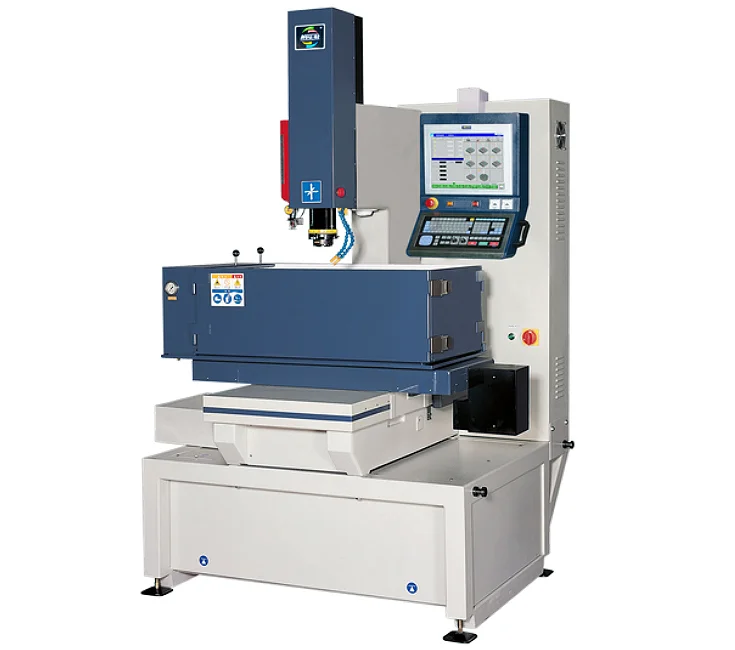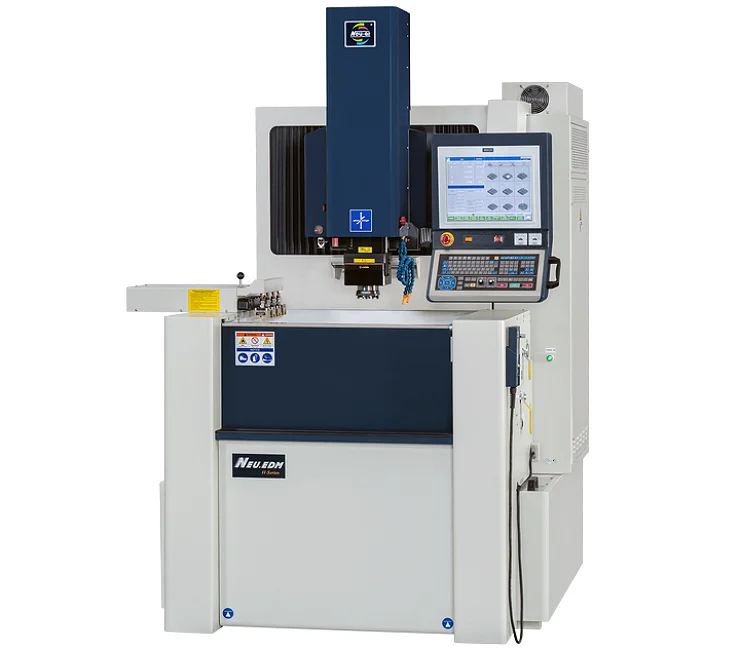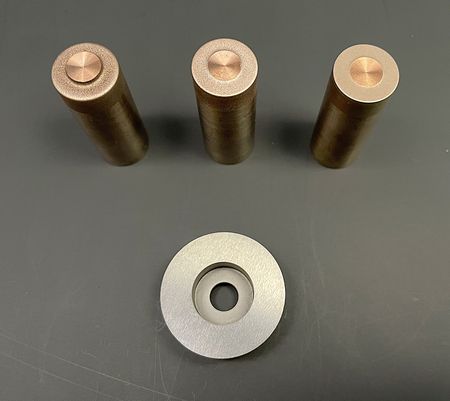
Tungsten carbide machining
Core Technologies of High-Speed Mirror EDM Machines
To address the challenge of high electrode wear during machining of ultra-hard materials, the dedicated hard alloy circuit was developed. This technology effectively reduces machining loss and ensures that even the finest sharp-angle details are clearly defined, meeting the demands of high-precision mold manufacturing.
Machining Case Study
Super fine finishing surface machining no cracks on the surface
Equipped with AE II "Super Hard Tungsten Carbide Circuit (SH2)" achieving an optimal surface finish up to Ra 0.2 μm. Ultra-fine discharge sparks ensure a smooth and uniform tungsten carbide surface with no cracks
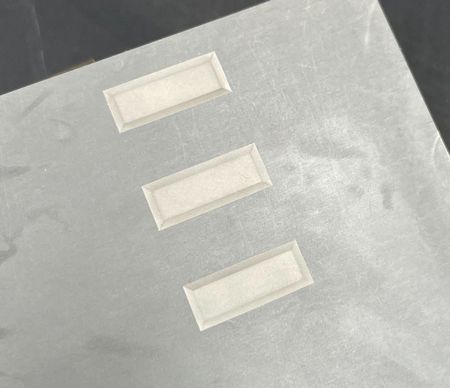
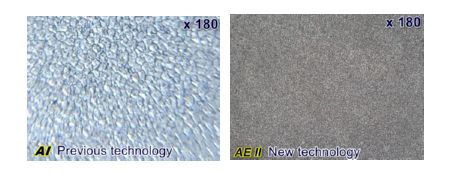
Any electrode materials can do it !
Whether with copper, chrome copper, or copper tungsten, the system will optimize parameters for the fastest machining speed with minimal wear!
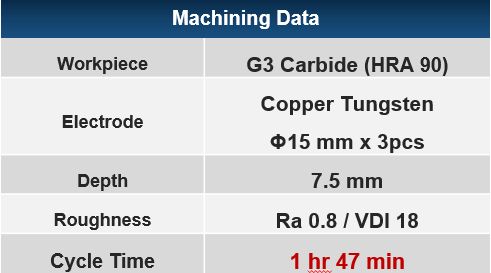
Machining Case Study : Tungsten Carbide Ra 0.2 Super Fine Finishing Surface Machining Data
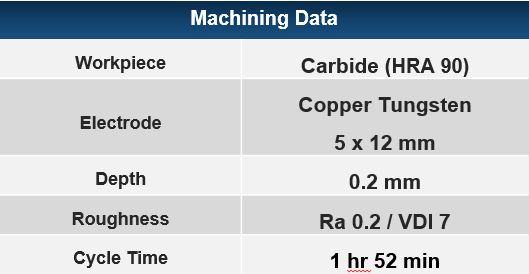
Tungsten carbide machining | NEUAR EDM
The new AE II discharge power system breaks past limits and streamlines programming in 5 steps. Achieve ultra-fine mirror surfaces around Ra 0.06–0.08 µm without adding powder; HQM2 expands large-area finishing, cutting post-polish time and cost.
SPRUE module targets mirror-finish angled gates with excellent stability. AE II auto-generates Z-axis linear and 3-axis paths; the C-axis refines angles for precision molds. For IC packaging molds, the large-area fine circuit keeps overall Ra within ±10% of target—ideal for high-density, tight-tolerance tooling.
Hard-alloy circuits suppress wear on ultra-hard materials; SH2’s tungsten-carbide thread circuit completes internal threads with a single electrode. High-speed gap monitoring speeds graphite electrode finishing, while EtherCAT control enables Z-axis jumping to 18 m/min for efficient deep-hole machining—request tech notes or a live demo.
Company Facts in Numbers
0
Years of EDM Experience
0
Accuracy Assurance (Years)
0%
Client Satisfaction

